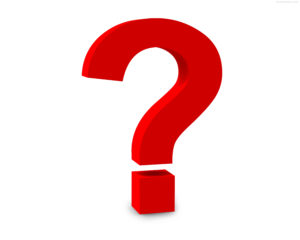Each new home seller has a list of questions that they may wish to ask their Realtor before the process of putting their home on the market begins. We answer the top questions most h ome sellers ask.
ome sellers ask.
- When is the best time to sell my home?
Every real estate market is different, therefore, the best time to sell a home will be different from real estate community to real estate community. In the Lansing area market, the spring months are the best time to be selling a home. The spring months begin in mid-March. Earlier if winter ends sooner. Since every home seller’s situation is different, you should discuss the timing of your home sale with your Realtor. Selling a home in the fall and winter months may be necessary and could be better than waiting until spring. There are fewer listings meaning less competition. Also, only serious buyers will be shopping during the frigid winter months. Keep in mind that Michigan State University and our major local business are constantly bringing new employees into the Lansing real estate market.
- How is the real estate market right now?
One of the most important indicators on market conditions is average days on the market. New listings posted in the spring and summer have been selling within a few days. It may a little longer in the winter months, however, low interest rates (current around 3%) are an incentive for buyers to purchase a home.
- What steps should I take to prepare my home for sale?
Not properly preparing a home for sale can put a home owner at a huge disadvantage. Making sure clutter is at a minimum, freshly painting rooms, installing new carpeting, or ensuring odors are non-existent are just a few things that could be done before listing your home for sale.
- What should I disclose to potential buyers?
Michigan real estate law requires that sellers disclose imperfections that affect the structure and living environment. Basically, anything that you are aware of in your home. If you’re aware of defects with the roof, appliances, structure, or home in general, you’re required to be honest and upfront. If you’re aware of defects, whenever possible, fixing them before going on the market is best. This can avoid potential issues once your home is under contract, after inspections, and even years after you have sold your home.
